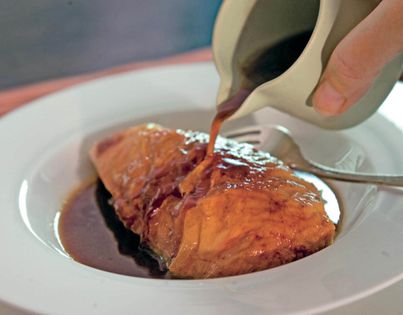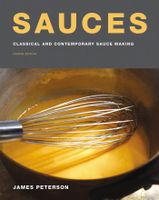Advertisement

Preparation info
- yield:
4
servings - Difficulty
Medium
Appears in
Published 1991
In kitchens with professional-quality stoves and hot ovens, it is rarely necessary to brown the chicken on top of the stove before roasting. However, the smaller the bird being roasted, the more likely will be the necessity for prebrowning; by the time a quail browns in the oven, it will have dried out and overcooked. Chicken can go either way. The oven should be piping-hot so as to brown the chicken before it ends up completely cooked. If the oven isn’t hot enough, the chicken should be br


